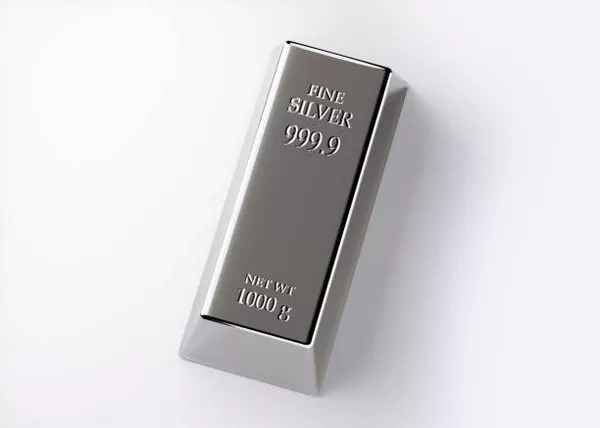Silver has been a valuable and coveted metal for centuries, prized for its beauty and versatility. Whether you’re a collector, investor, or simply curious about the authenticity of a piece of silver, it’s essential to know how to distinguish real silver from imitations. This article aims to provide you with a comprehensive guide on how to tell if silver is genuine.
Understanding the Significance of Authenticity
Before delving into the methods to identify real silver, it’s crucial to understand why authenticity matters. Authentic silver holds intrinsic and monetary value. Knowing that you possess genuine silver can provide confidence in the worth of your investment or the authenticity of your heirloom pieces. Moreover, accurately identifying silver can protect you from scams and frauds in the market.
Hallmarks and Stamps
One of the most reliable methods to determine if silver is genuine is to examine any hallmarks or stamps on the item. Hallmarks are marks or symbols stamped onto the silver, typically indicating its purity, origin, and sometimes the maker. Common hallmarks for sterling silver in the United States include “925” or “Sterling.” In the United Kingdom, you may find the lion passant or the Britannia mark for different grades of silver.
Examine the hallmarks closely, using a magnifying glass if necessary, to ensure they are well-defined and clear. Hallmarks that are blurry, irregular, or appear to be hastily added may be a sign of a fake.
Magnet Test
Another quick and simple test to check for the authenticity of silver is the magnet test. Silver is not magnetic, so if a magnet is attracted to the item, it is likely not genuine silver. Keep in mind that this test is not foolproof, as some counterfeit silver items are layered with a non-magnetic metal to deceive buyers.
Ice Test
The ice test is an easy and non-destructive way to distinguish silver from other metals. Place an ice cube on the item and observe how it reacts. Silver is an excellent conductor of heat, so it should start melting the ice cube relatively quickly. If the ice cube begins to melt almost instantly, it is likely genuine silver.
Nitric Acid Test
The nitric acid test is a more accurate method to determine silver’s authenticity, but it requires caution and some specialized equipment. Here’s how it works:
a. Scratch the item’s surface inconspicuously in an unobtrusive area.
b. Apply a drop of nitric acid to the scratched area.
c. Observe the reaction:
- If the scratched area turns green, it is likely not silver.
- If it turns a creamy color, it is probably silver-plated.
- If it remains unaffected, it is likely genuine silver.
Remember to exercise caution when using nitric acid, as it is corrosive and can cause harm if not handled properly. Use protective gear and work in a well-ventilated area.
Sound Test
Silver produces a distinct and melodious ring when struck gently with a metal object. This sound test is often used for silver coins but can also be applied to other silver items. Hold the silver item by the edge and tap it gently with a small metal object, such as a spoon. Authentic silver will produce a clear and lingering ring, while counterfeit silver may produce a dull or flat sound.
Weight Comparison
Silver has a specific density, which means that a given volume of silver will have a consistent weight. You can use a precision scale to weigh the item and compare it to the known density of silver. While this method is more accurate, it may not be practical for larger items.
Acid Test Kit
For those serious about verifying the authenticity of silver, investing in an acid test kit can be worthwhile. These kits typically include a set of nitric acid solutions with varying concentrations. By following the instructions provided, you can conduct more precise tests to determine the silver’s purity.
Conclusion
Distinguishing genuine silver from imitations is an essential skill for collectors, investors, and anyone interested in silver items. Whether you rely on hallmarks, conduct simple tests like the magnet or ice test, or opt for more advanced methods like the nitric acid test, knowing how to tell if silver is real can save you from costly mistakes and scams.
Remember that these methods should be used in combination and with care. It’s also essential to consult with experts or seek professional appraisal services for valuable or antique silver items. By taking these precautions and following the guidelines outlined in this article, you can confidently assess the authenticity of silver and make informed decisions about your silver investments and collections.


